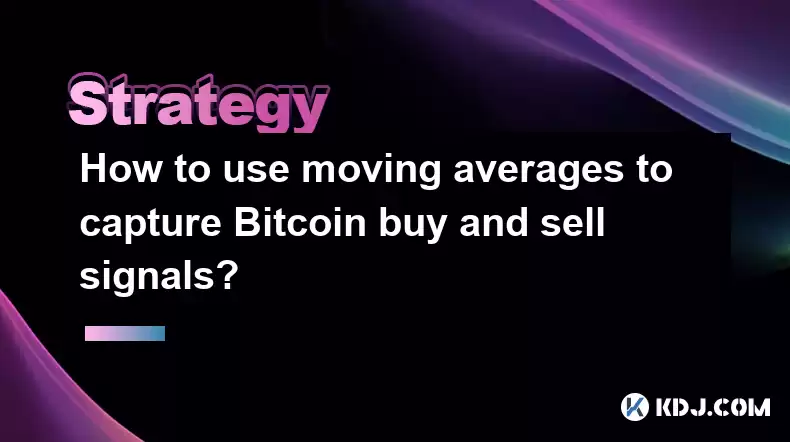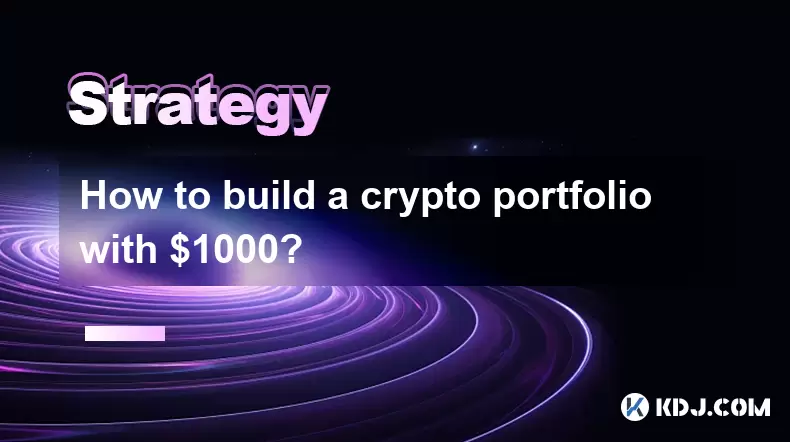-
 Bitcoin
Bitcoin $117900
0.31% -
 Ethereum
Ethereum $3766
0.28% -
 XRP
XRP $3.176
-0.31% -
 Tether USDt
Tether USDt $1.000
0.00% -
 BNB
BNB $795.6
1.51% -
 Solana
Solana $186.8
-1.09% -
 USDC
USDC $0.9999
-0.01% -
 Dogecoin
Dogecoin $0.2353
-1.33% -
 TRON
TRON $0.3226
1.49% -
 Cardano
Cardano $0.8172
-1.08% -
 Sui
Sui $4.178
3.06% -
 Hyperliquid
Hyperliquid $43.05
-3.39% -
 Stellar
Stellar $0.4367
-0.57% -
 Chainlink
Chainlink $18.62
1.47% -
 Hedera
Hedera $0.2828
6.63% -
 Bitcoin Cash
Bitcoin Cash $584.7
5.65% -
 Avalanche
Avalanche $24.81
2.53% -
 Litecoin
Litecoin $112.8
-0.88% -
 UNUS SED LEO
UNUS SED LEO $8.975
-0.08% -
 Shiba Inu
Shiba Inu $0.00001395
-1.07% -
 Toncoin
Toncoin $3.285
-1.05% -
 Ethena USDe
Ethena USDe $1.001
0.01% -
 Polkadot
Polkadot $4.123
0.76% -
 Uniswap
Uniswap $10.49
-0.18% -
 Monero
Monero $326.5
0.14% -
 Dai
Dai $0.9999
-0.02% -
 Bitget Token
Bitget Token $4.576
0.34% -
 Pepe
Pepe $0.00001247
-1.55% -
 Cronos
Cronos $0.1400
3.77% -
 Aave
Aave $295.1
-0.73%
How to use moving averages to capture Bitcoin buy and sell signals?
Moving averages smooth Bitcoin price volatility, revealing trends; crossovers of different periods (e.g., 50-day, 200-day) signal potential buy/sell opportunities, but require risk management and combining with other indicators for accuracy.
Mar 26, 2025 at 12:35 am

Key Points:
- Moving averages smooth out price volatility, revealing underlying trends.
- Different moving average periods (e.g., 50-day, 200-day) offer varying perspectives on trends.
- Crossovers between different moving averages generate buy and sell signals.
- Combining moving averages with other technical indicators improves signal accuracy.
- Risk management is crucial; moving averages aren't foolproof.
How to Use Moving Averages to Capture Bitcoin Buy and Sell Signals
Moving averages are fundamental tools in technical analysis, helping traders identify trends and potential entry/exit points in volatile markets like Bitcoin. They work by smoothing out price fluctuations, revealing the underlying direction of the asset's price. Understanding how to interpret these smoothed price trends is key to utilizing them effectively.
There are various types of moving averages, but the most common are the simple moving average (SMA) and the exponential moving average (EMA). SMAs calculate the average price over a defined period, giving equal weight to each data point. EMAs place more weight on recent prices, making them more responsive to recent price changes than SMAs. The choice between SMA and EMA depends on individual trading styles and preferences.
The period of the moving average significantly impacts its interpretation. A shorter period, such as a 5-day or 10-day SMA, is more reactive to short-term price fluctuations. Longer periods, like a 50-day or 200-day SMA, provide a smoother trendline and are less sensitive to short-term noise. Traders often use a combination of short-term and long-term moving averages to identify potential trading opportunities.
One common strategy involves using a crossover of two moving averages as a trading signal. For example, a trader might use a 50-day SMA and a 200-day SMA. A "golden cross" occurs when the shorter-term moving average (50-day) crosses above the longer-term moving average (200-day), often interpreted as a bullish signal, suggesting a potential upward trend.
Conversely, a "death cross" happens when the shorter-term moving average crosses below the longer-term moving average. This is generally considered a bearish signal, suggesting a potential downward trend. It's important to remember that these crossovers are not guaranteed predictors of future price movements; they simply highlight potential shifts in momentum.
While moving average crossovers provide valuable insights, they shouldn't be the sole basis for trading decisions. Combining them with other technical indicators, such as relative strength index (RSI) or volume analysis, can enhance the accuracy and reliability of your trading signals. This helps confirm the validity of the moving average signals and reduces the risk of false signals.
Implementing a robust risk management strategy is crucial when using moving averages for Bitcoin trading. Never invest more than you can afford to lose. Using stop-loss orders to limit potential losses is essential, regardless of the trading signals generated by moving averages. Furthermore, diversifying your portfolio across various assets can help mitigate risk.
Understanding support and resistance levels in conjunction with moving averages can improve your trading decisions. Support levels represent price points where buying pressure is expected to outweigh selling pressure, preventing further price declines. Resistance levels are the opposite, where selling pressure is expected to outweigh buying pressure. The interaction of moving averages with these support and resistance levels can provide clearer buy and sell signals.
Another technique is to use multiple moving averages of varying lengths. This can help confirm the strength of a trend and filter out false signals. For instance, a trader might use a 10-day, 20-day, and 50-day SMA. A buy signal might be triggered only when all three moving averages are trending upwards and show a bullish configuration.
Remember, market conditions constantly evolve. What worked in the past may not work in the future. Continuously monitoring market dynamics and adapting your strategy accordingly is crucial for long-term success. Regularly review your trading performance and make adjustments based on your findings.
Common Questions:
Q: Are moving averages reliable for Bitcoin trading?
A: Moving averages are valuable tools, but not foolproof predictors. They provide insights into trends but don't guarantee profits. Combine them with other indicators and risk management strategies.
Q: Which moving average is best for Bitcoin?
A: There's no single "best" moving average. The optimal choice depends on your trading style and timeframe. Experiment with different periods (e.g., 5, 10, 20, 50, 200 days) to find what suits you.
Q: How do I identify false signals from moving averages?
A: False signals are common. Combine moving averages with other technical indicators (RSI, volume) and fundamental analysis to confirm signals. Consider market context and overall trends.
Q: Can moving averages predict Bitcoin price peaks and troughs?
A: Moving averages identify trends, not specific price peaks and troughs. They're better for identifying potential entry and exit points within established trends rather than predicting exact price tops and bottoms.
Q: What are the limitations of using moving averages alone for Bitcoin trading?
A: Moving averages lag behind price action, meaning they might not capture very short-term price movements. They also don't account for news events or fundamental factors that can significantly impact price. Relying solely on them can lead to missed opportunities or inaccurate signals.
Disclaimer:info@kdj.com
The information provided is not trading advice. kdj.com does not assume any responsibility for any investments made based on the information provided in this article. Cryptocurrencies are highly volatile and it is highly recommended that you invest with caution after thorough research!
If you believe that the content used on this website infringes your copyright, please contact us immediately (info@kdj.com) and we will delete it promptly.
- Cryptos to Watch in 2025: Punisher Coin, Chainlink, and the Altcoin Arena
- 2025-07-27 18:30:13
- Bitcoin, Altcoins, Rebound: Navigating the Crypto Comeback Trail
- 2025-07-27 18:30:13
- Ethereum, Bitcoin, and Altcoins: A Shift in Crypto Tides?
- 2025-07-27 19:10:13
- Windtree Therapeutics' Bold BNB Strategy: A $520 Million Crypto Play
- 2025-07-27 19:10:13
- Solana, Staking, and Unilabs: What's the Buzz in the Crypto Space?
- 2025-07-27 16:50:13
- VeChain, HBAR, Remittix: Navigating the Crypto Landscape in 2025
- 2025-07-27 17:10:12
Related knowledge

How to avoid common crypto investment mistakes?
Jul 13,2025 at 01:35am
Understanding the Risks of Crypto InvestmentInvesting in cryptocurrency can be highly rewarding, but it also comes with significant risks. One of the ...

What is a long-short crypto strategy?
Jul 15,2025 at 10:56am
Understanding the Basics of a Long-Short Crypto StrategyA long-short crypto strategy is an investment approach where traders simultaneously take long ...

What is a long-short crypto strategy?
Jul 11,2025 at 01:28pm
Understanding the Basics of Long-Short Crypto StrategyA long-short crypto strategy is an investment approach where traders take both long and short po...

How to use the RSI indicator for crypto?
Jul 12,2025 at 03:56pm
Understanding the RSI Indicator in Cryptocurrency TradingThe Relative Strength Index (RSI) is a momentum oscillator used to measure the speed and chan...

Is copy trading a good strategy for crypto beginners?
Jul 12,2025 at 08:28am
Understanding Copy Trading in the Cryptocurrency MarketCopy trading is a strategy where novice traders replicate the trades of experienced investors a...

How to build a crypto portfolio with $1000?
Jul 13,2025 at 08:14pm
Understanding the Basics of Cryptocurrency InvestmentBuilding a crypto portfolio with $1000 starts with understanding the fundamentals of cryptocurren...

How to avoid common crypto investment mistakes?
Jul 13,2025 at 01:35am
Understanding the Risks of Crypto InvestmentInvesting in cryptocurrency can be highly rewarding, but it also comes with significant risks. One of the ...

What is a long-short crypto strategy?
Jul 15,2025 at 10:56am
Understanding the Basics of a Long-Short Crypto StrategyA long-short crypto strategy is an investment approach where traders simultaneously take long ...

What is a long-short crypto strategy?
Jul 11,2025 at 01:28pm
Understanding the Basics of Long-Short Crypto StrategyA long-short crypto strategy is an investment approach where traders take both long and short po...

How to use the RSI indicator for crypto?
Jul 12,2025 at 03:56pm
Understanding the RSI Indicator in Cryptocurrency TradingThe Relative Strength Index (RSI) is a momentum oscillator used to measure the speed and chan...

Is copy trading a good strategy for crypto beginners?
Jul 12,2025 at 08:28am
Understanding Copy Trading in the Cryptocurrency MarketCopy trading is a strategy where novice traders replicate the trades of experienced investors a...

How to build a crypto portfolio with $1000?
Jul 13,2025 at 08:14pm
Understanding the Basics of Cryptocurrency InvestmentBuilding a crypto portfolio with $1000 starts with understanding the fundamentals of cryptocurren...
See all articles

























































































